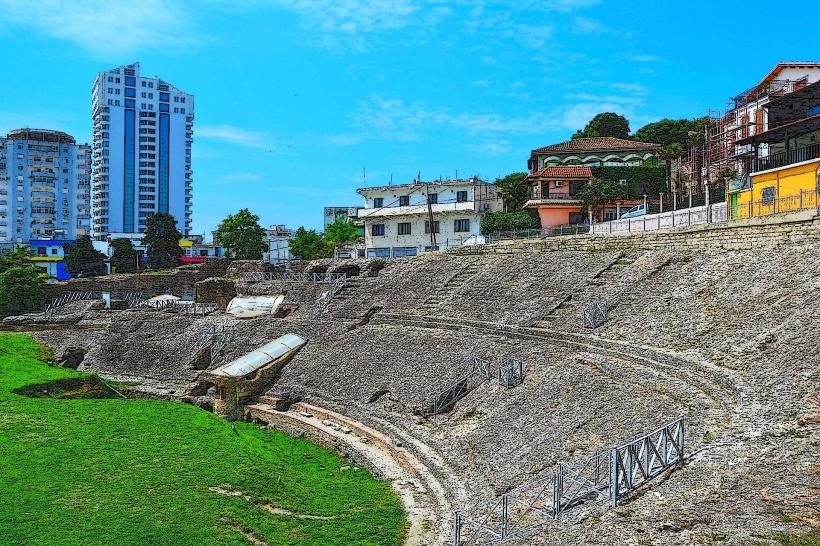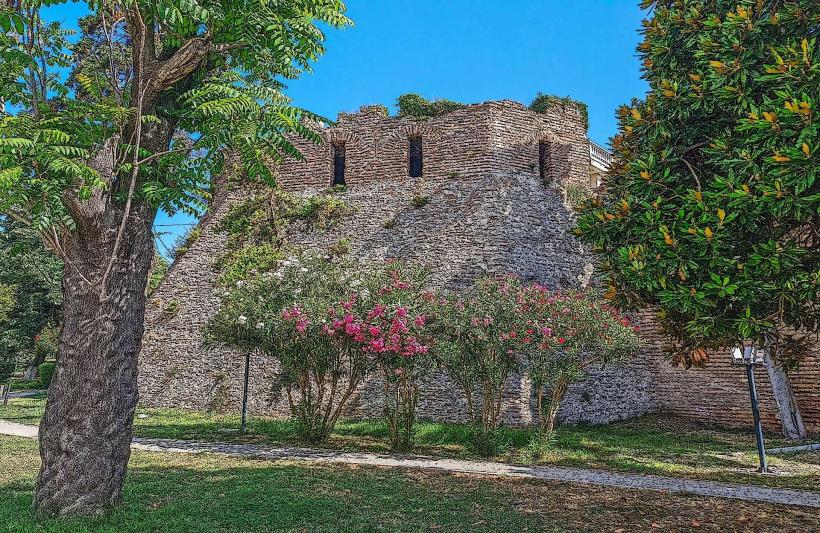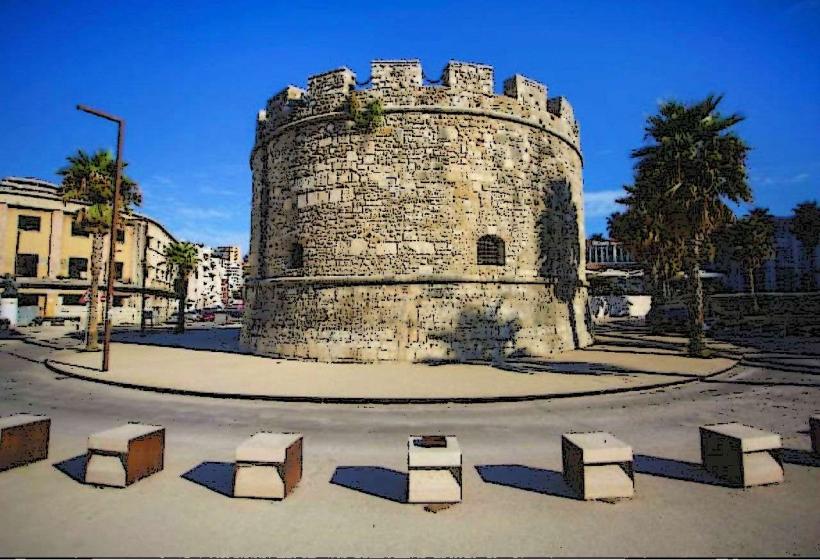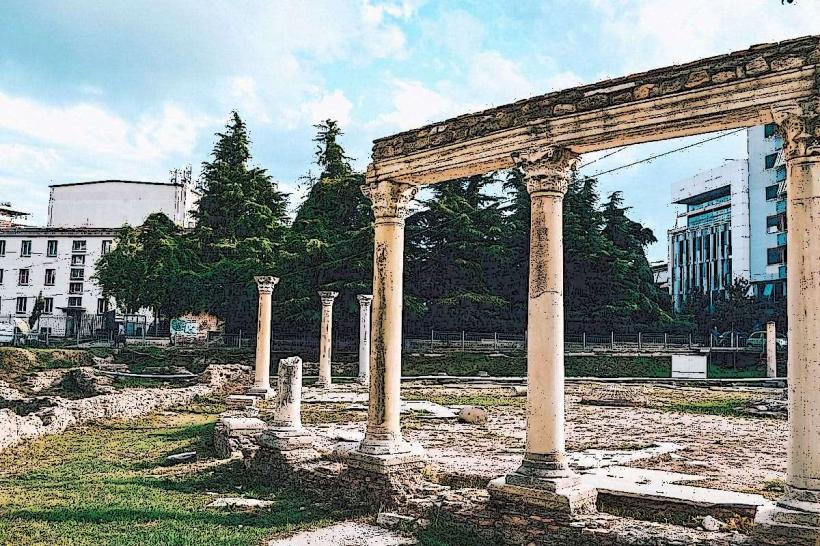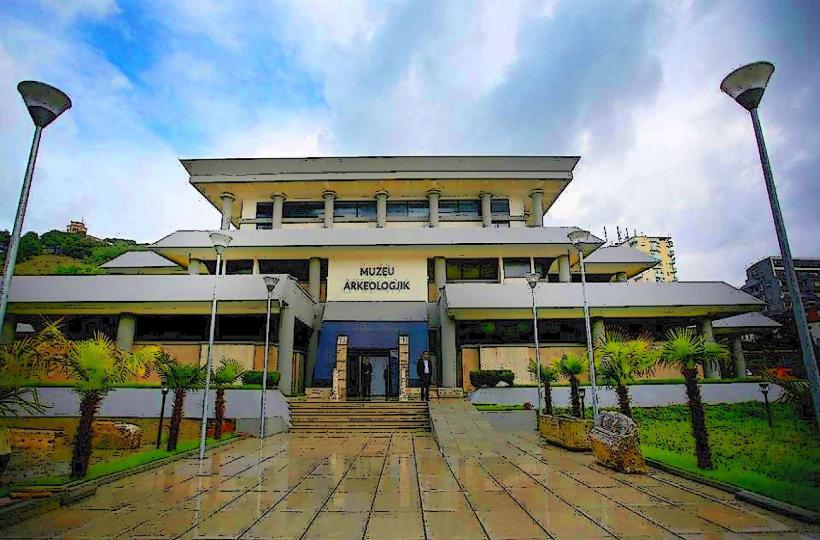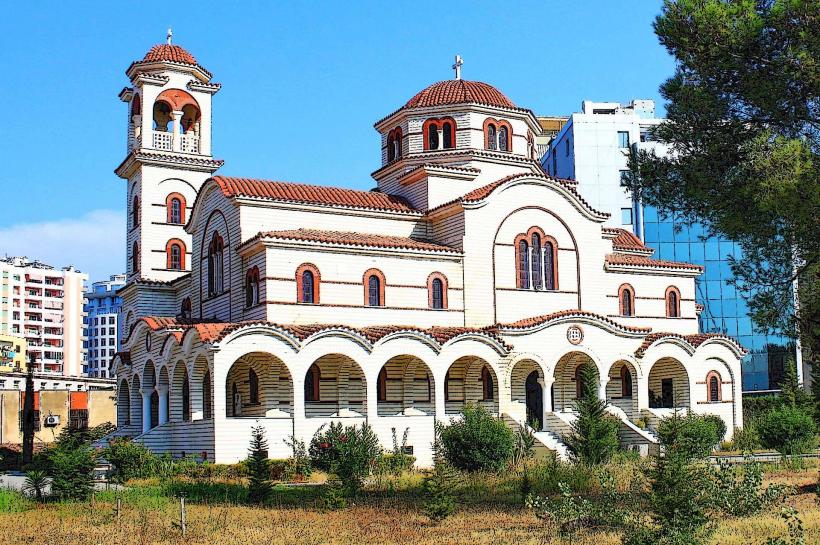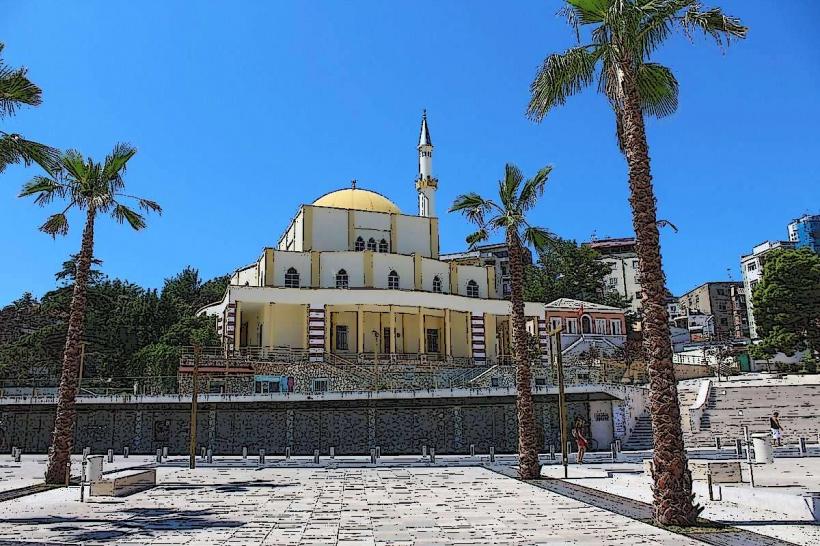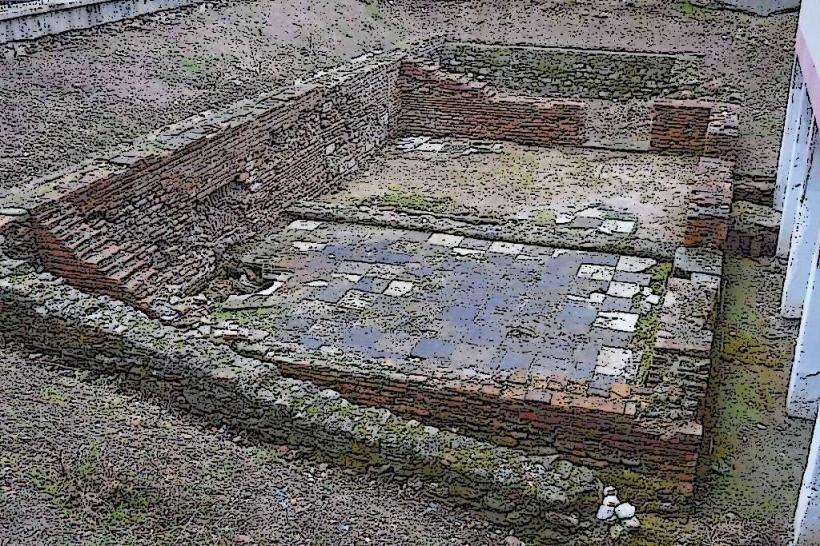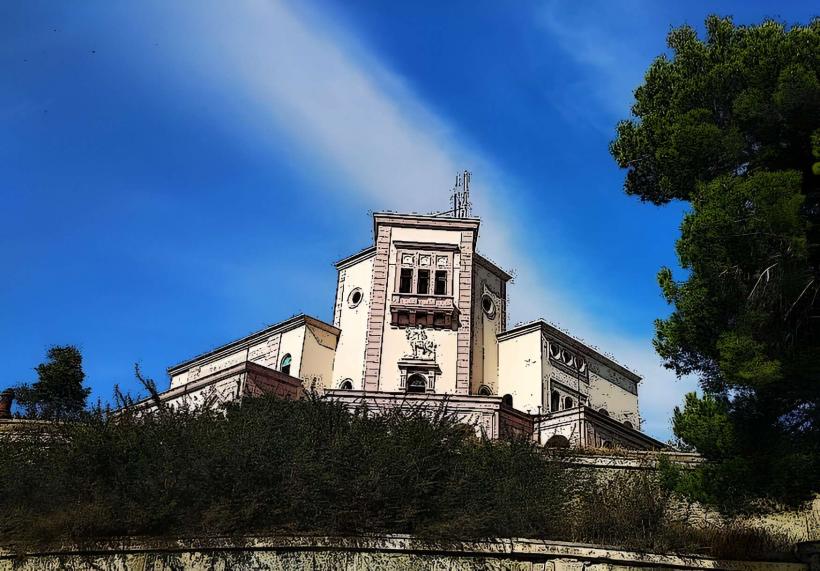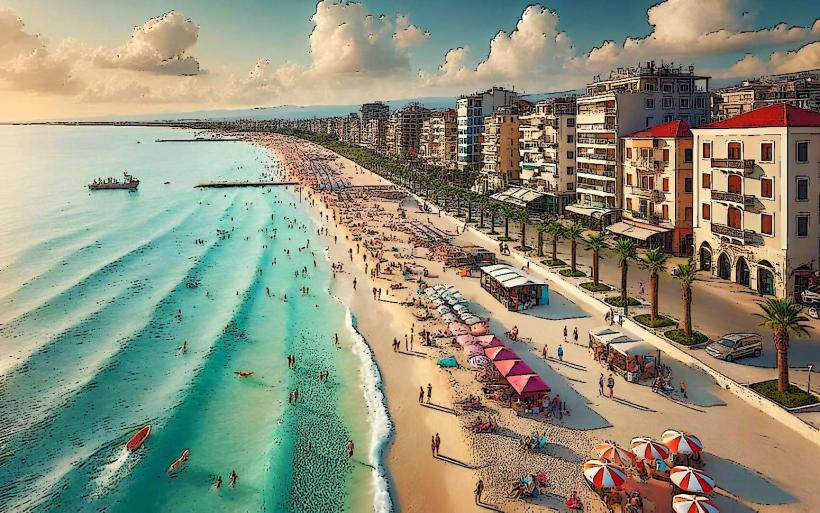Information
City: DurresCountry: Albania
Continent: Europe
Durrës: Overview and Characteristics
Durrës, Albania's second-largest city and its primary port, is a vibrant coastal city with a rich history and a strategic location on the Adriatic Sea. Known as a gateway to Albania, Durrës combines ancient heritage with modern urban life, offering a mix of historical attractions, seaside leisure, and cultural dynamism.
Geography and Climate
- Location: Located in western Albania, approximately 33 km (20 miles) west of Tirana.
- Coastline: Sits along the Adriatic Sea, with sandy beaches stretching along its shores.
- Elevation: Ranges from sea level to small hills.
- Climate: Mediterranean climate with hot, dry summers and mild, wet winters.
- Summer temperatures often reach 30–35°C (86–95°F).
- Winters are milder, averaging 8–15°C (46–59°F).
History
- Ancient Times:
- Founded as Epidamnos by Greek settlers from Corcyra (modern-day Corfu) in 627 BCE.
- Later renamed Dyrrhachium during Roman times, it became an important port and part of the Via Egnatia trade route connecting Rome to Byzantium (Constantinople).
- Middle Ages:
- Controlled by Byzantines, Normans, Venetians, and Ottomans at various times.
- Faced repeated invasions due to its strategic position.
- Modern Era:
- Served as the capital of Albania briefly in 1913–1914.
- Heavily damaged during World War II but rebuilt in the post-war period.
- Continues to be a cultural and economic hub.
Demographics
- Population: Approximately 200,000 residents, with fluctuations during the tourist season.
- Ethnic Composition: Predominantly ethnic Albanians with small communities of Greeks, Roma, and others.
- Languages: Albanian is the primary language, with Italian and English commonly spoken in tourism and trade sectors.
- Religion: Reflects Albania's secularism, with a mix of Muslim, Orthodox Christian, and Catholic communities.
Economy
- Port City:
- The Port of Durrës is the largest and busiest in Albania, playing a critical role in trade and commerce.
- Key industries include shipping, logistics, and fishery.
- Tourism:
- A major destination for domestic and international visitors, thanks to its beaches, historical sites, and proximity to Tirana.
- Seasonal tourism significantly boosts the local economy.
- Industry:
- Small-scale manufacturing and food processing are prominent.
- Construction and real estate development have expanded rapidly in recent years.
Urban Landscape
- Architecture:
- A blend of ancient ruins, Ottoman influences, Fascist-era buildings, and modern developments.
- The cityscape includes both historic landmarks and contemporary infrastructure.
- Transportation:
- Roads: Well-connected to Tirana via highways.
- Public Transport: Buses and taxis serve local and regional routes.
- Maritime Transport: Ferries connect Durrës to Italian ports like Bari and Ancona.
Culture and Lifestyle
- Cuisine:
- Known for its seafood dishes, fresh from the Adriatic Sea.
- Popular dishes include grilled fish, shrimp risotto, and traditional Albanian specialties like tave kosi (baked lamb with yogurt).
- Art and Entertainment:
- Hosts music festivals, theater performances, and art exhibitions.
- The cultural scene blends traditional Albanian influences with contemporary trends.
- Beaches:
- Famous for its long sandy beaches, attracting both local and international tourists.
- Beachfront promenades are lined with cafes, restaurants, and resorts.
- Nightlife:
- Vibrant during the summer months, with beach clubs, bars, and nightlife venues drawing crowds.
Education and Innovation
- Universities and Schools: Home to several educational institutions, including private and public schools, serving both the city and neighboring areas.
- Research: Some institutions focus on maritime studies, given the city's port-oriented economy.
Challenges
- Overdevelopment: Rapid urban expansion has led to environmental and infrastructure strain in some areas.
- Pollution: Waste management and water quality issues, particularly during peak tourism seasons, require ongoing attention.
- Traffic and Congestion: The growing population and tourist influx can cause traffic bottlenecks.
Durrës stands as a dynamic and evolving city that captures Albania's historical depth and modern ambitions, offering a mix of relaxation, culture, and commerce against the backdrop of the Adriatic Sea.

